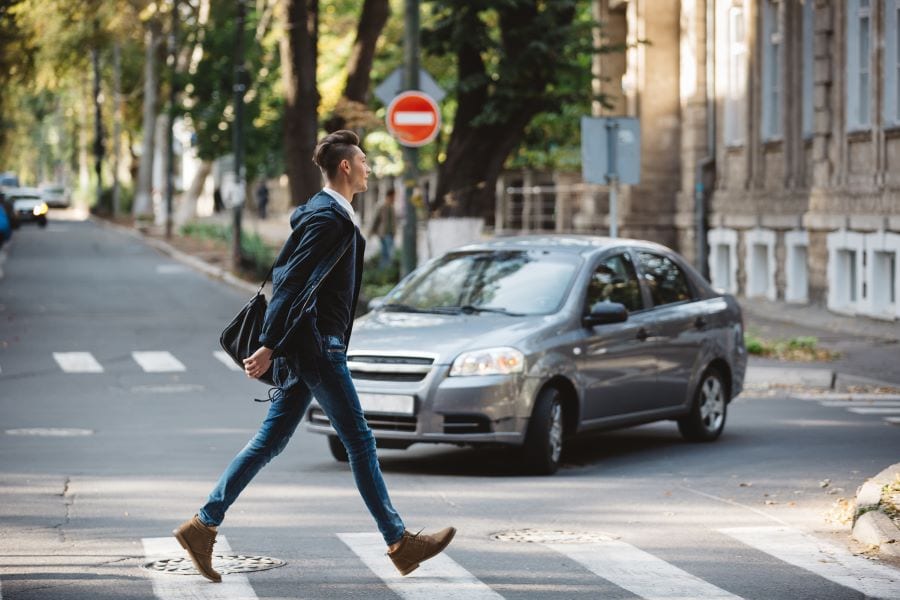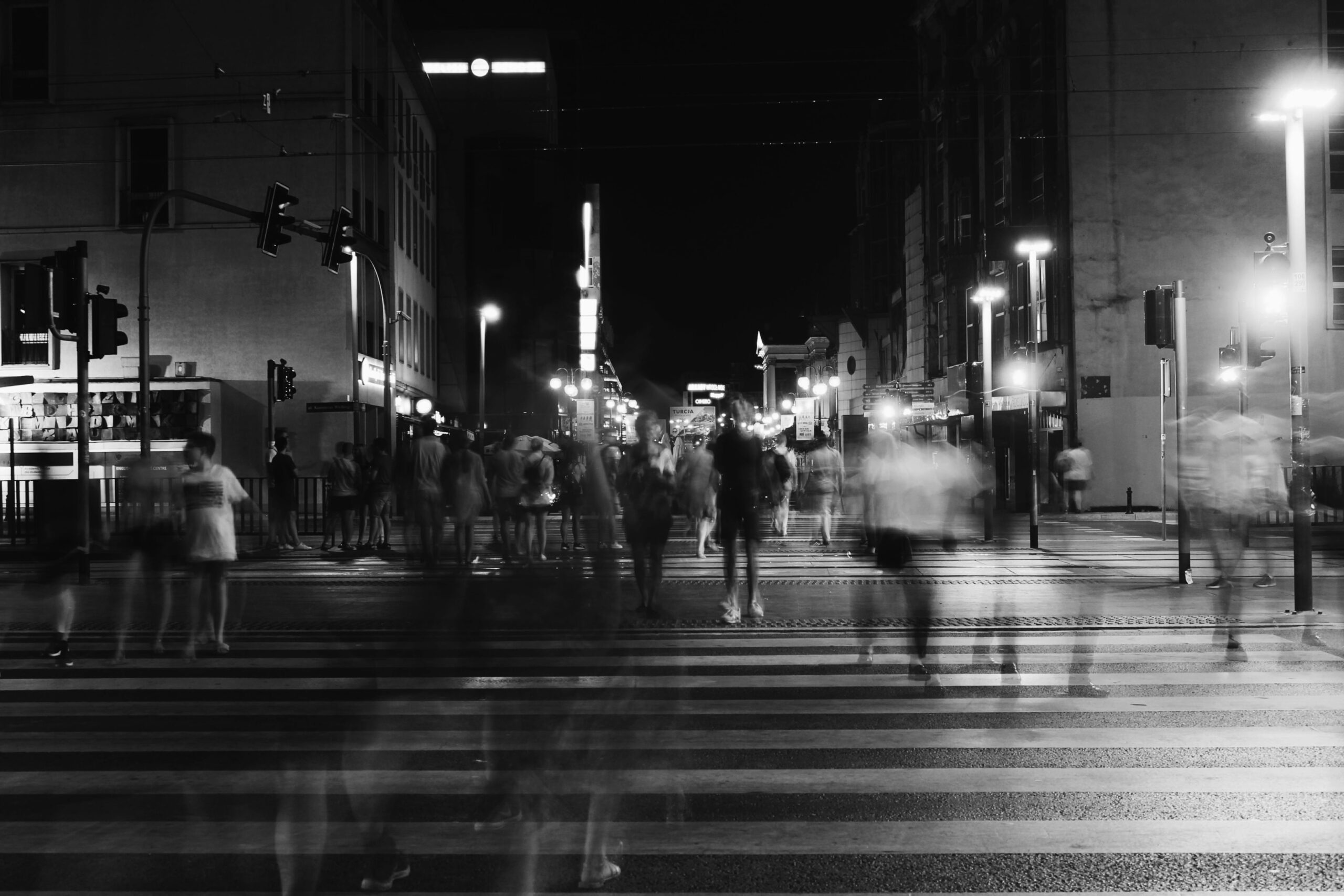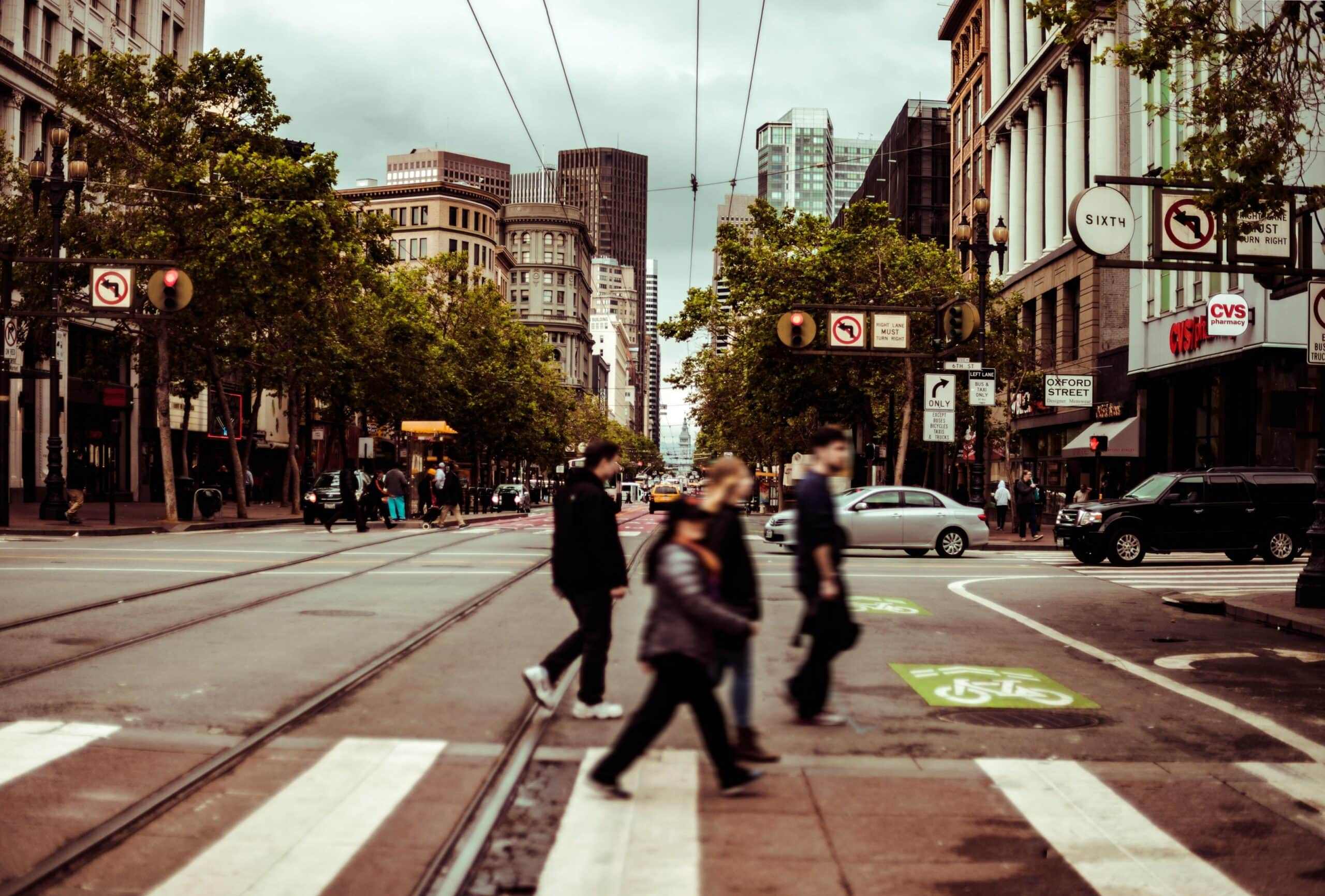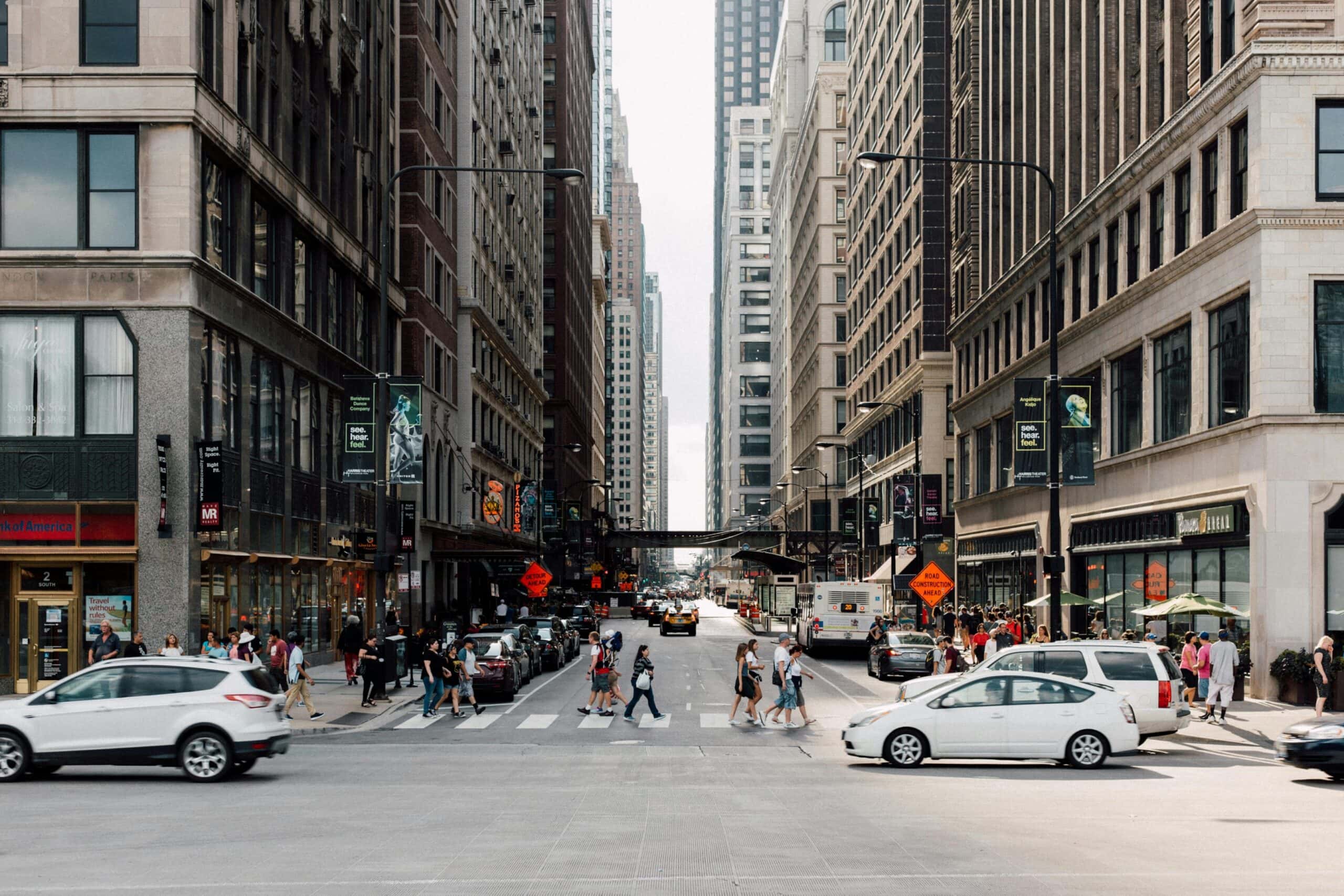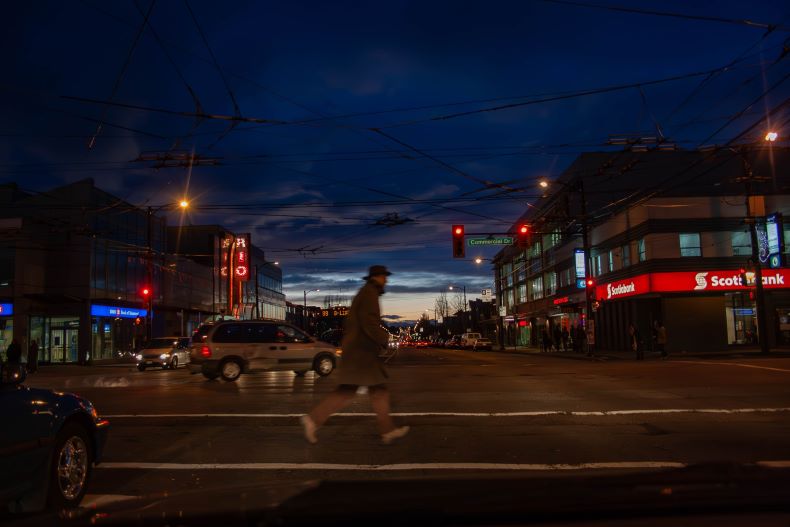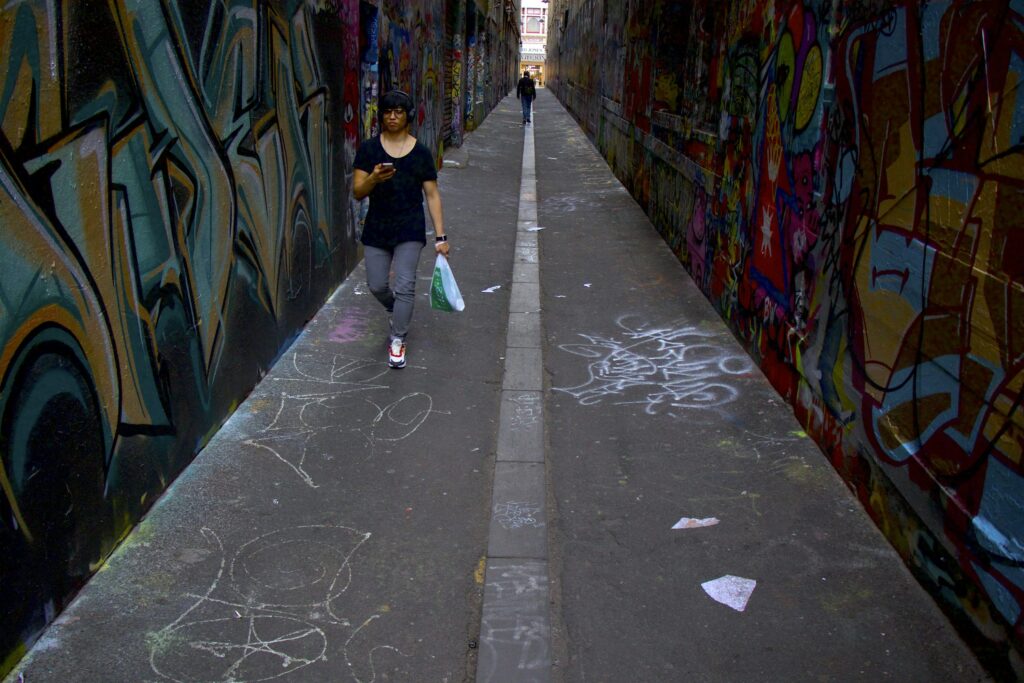
Pedestrian car accidents are among the most devastating types of motor vehicle incidents, often leading to severe injuries or fatalities.
According to recent statistics, in 2022, 7,522 pedestrians were killed and more than 67,000 pedestrians were injured nationwide. These accidents can result from various factors, including driver negligence, reckless driving, or traffic violations such as running a stop sign or failing to yield.
For both drivers and victims, understanding the civil and criminal consequences of a pedestrian car accident is crucial. For starters, know that these scenarios can lead to civil or criminal case, depending on the severity of the case. In some cases, they may even lead to wrongful death suits.
In the aftermath of a pedestrian accident, the legal system may handle the case through civil or criminal proceedings, depending on the nature of the incident.
Overview of Pedestrian Car Accidents
To comprehend the legal implications of pedestrian accidents, it’s essential to understand their causes and potential outcomes. In many cases, pedestrian car accidents are caused by driver negligence or reckless driving, but other factors can also contribute.
Causes and Consequences
Pedestrian accidents occur for a variety of reasons, often involving car accidents where the driver is at fault. Common causes include:
- Distracted Driving: Drivers using their phones or engaging in other distractions.
- Speeding: Reduces reaction time and increases the severity of injuries in a car pedestrian accident.
- Failure to Yield: Ignoring pedestrian right-of-way at crosswalks or traffic signals.
Such accidents frequently result in serious injuries, medical bills, and emotional trauma for the victim. The civil consequences for drivers may include civil liability and monetary damages, while the criminal consequences could involve charges such as vehicular manslaughter, hit and run, or driving under the influence (DUI).
Civil vs. Criminal Cases: Key Differences
When a pedestrian car accident occurs, it can lead to both civil and criminal cases. Understanding the difference between these legal avenues is essential for crash victims and the at-fault driver.
Definition and Purpose
- Civil Cases: These focus on resolving disputes between individuals, often through a personal injury lawsuit or wrongful death lawsuit. The goal is to help the victim recover financial compensation for medical bills, lost wages, and other expenses.
- Criminal Cases: Involves the government prosecuting the driver for breaking the law, with the intent to impose criminal penalties like jail time, fines, or probation.
Burden of Proof
The burden of proof differs significantly between civil and criminal cases:
- Civil Cases: The plaintiff must prove their case by a preponderance of the evidence, meaning it’s more likely than not that the driver was negligent.
- Criminal Cases: The prosecution must prove the defendant’s guilt beyond a reasonable doubt, which is a higher standard to meet in criminal court.
This distinction is important in determining whether a driver faces civil liability in civil court or criminal prosecution in criminal court.
Criminal Charges for Pedestrian Car Accidents
Drivers involved in pedestrian car accidents may face serious criminal charges depending on the incident’s severity. Criminal law aims to punish offenders and deter future violations.
Common Criminal Charges
Some criminal charges drivers may face include:
- Vehicular Manslaughter: If the accident results in a pedestrian’s death due to driver negligence.
- Hit and Run: Fleeing the scene of an accident involving injury or death.
- DUI: Operating a vehicle under the influence of alcohol or drugs.
Convictions for these offenses can lead to severe criminal consequences, such as prison sentences, fines, and driver’s license suspension. Additionally, the district attorney may offer a guilty plea or alternative sentencing options, such as a diversion program.
Legal Process
After a pedestrian accident, the district attorney reviews the evidence to decide whether to file criminal charges. Factors that may influence this decision include:
- The severity of the pedestrian’s injuries or death.
- The driver’s prior record of traffic offenses and reckless driving.
- The strength of the evidence, including witness testimony and accident reports.
If criminal charges are filed, the defendant may face a criminal trial or be offered a plea deal.
Civil Liability After a Pedestrian Car Accident
While criminal cases aim to punish the driver, civil lawsuits allow the victim or their family to seek monetary damages. A civil claim can help the victim recover compensation for medical expenses, lost wages, and pain and suffering.
Filing a Civil Lawsuit As Per Criminal Law
A victim of a pedestrian-car accident can file a civil lawsuit against the at-fault driver to seek compensation for:
- Medical Bills: Including emergency care, rehabilitation, and ongoing treatment.
- Lost Wages: If the victim is unable to work due to their injuries.
- Pain and Suffering: For emotional and physical distress.
In cases of fatalities, the victim’s family may file a wrongful death lawsuit to recover compensation for funeral expenses and the loss of companionship.
Role of Insurance in Such Cases
Knowing what to do after a car accident is important and so is knowing what to do is a pedestrian accident. It can have a long-term impact on your insurance claim. In some cases, there could be wrongful death lawsuits that further complicate the situation.
The insurance company of the at-fault driver typically covers a portion of the damages through insurance claims. However, insurance companies often aim to minimize payouts, making it essential for victims to work with an experienced attorney to ensure they receive maximum compensation.
Impact of Criminal Convictions on Civil Cases
A criminal conviction can significantly impact a civil trial. If the driver is convicted in criminal court, it may strengthen the victim’s civil case by serving as evidence of fault. However, an acquittal in a criminal matter does not prevent a victim from pursuing a civil lawsuit due to the lower burden of proof in civil court.
Concurrent or Sequential Proceedings
Criminal and civil cases may proceed concurrently or sequentially. In some instances, the civil matter might be delayed until the conclusion of the criminal trial, as the outcome can influence the civil claim.
Restitution in Criminal Cases
In some criminal cases, the court may order the defendant to pay restitution to the victim. Restitution may cover:
- Medical Expenses: Related to the victim’s treatment and rehabilitation.
- Lost Income: Compensation for time away from work.
- Funeral Expenses: In cases of wrongful death.
However, restitution is limited by the defendant’s ability to pay, making a separate civil lawsuit necessary to recover the full financial compensation.
Final Thoughts
In the wake of a pedestrian car accident, victims and their families may face a long and complex legal process involving both criminal and civil consequences. While criminal cases focus on punishing the driver, civil cases seek to provide victims with the financial compensation they need to recover from their losses.
If you or a loved one has been injured in a pedestrian accident, it’s crucial to consult with an experienced attorney who can guide you through both criminal and civil matters.
Start with Bourassa Law Group Today!
At Bourassa Law Group, we offer a free consultation to help you understand your rights and pursue the maximum compensation available.
We will guide you through the process and ensure that everything goes well. We offer a free case evaluation for wrongful death suits that are in most car accidents, We also guide on the driver’s negligence. and ensure you get the most out of your personal injury case.
